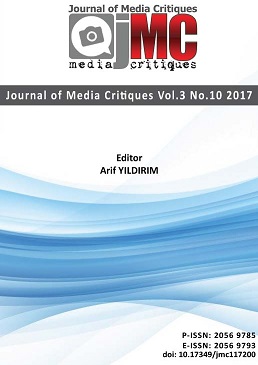The Impact of Courtroom Cameras on the Judicial Process
The Impact of Courtroom Cameras on the Judicial Process
Author(s): Scott A. Campbell, Thomas M. Green, Bryan S. Hance, James G. LarsonSubject(s): Media studies, History of Law, Constitutional Law, Sociology of Law
Published by: University of Lincoln and World Experience Campus Foundation
Keywords: Courtroom cameras; First Amendment; Sixth Amendment; judicial process; impact; bias; criminal trials; witness testimony; right to a fair trial;
Summary/Abstract: The sensational trial of Richard Bruno Hauptmann for the kidnapping and murder of Charles Lindberg’s young son in 1935 marked the starting point of the debate regarding the propriety of allowing cameras in courtrooms during judicial proceedings. This debate intensified during and following the 1994-1997 trial of O.J. Simpson. At issue is how a court must weigh the Sixth Amendment right of the accused to a public trial and the First Amendment right to a free press, as well as its own interest in preserving the dignity and decorum of the courtroom. This paper examines the history, Federal rules, seminal court cases, and California rules concerning cameras in the courtroom in the context of these important Constitutional issues. This research provides qualitative data from 208 California judges that help explain some of the thinking by those who are empowered to accept or reject requests to record court proceedings.
Journal: Journal of Media Critiques
- Issue Year: 3/2017
- Issue No: 10
- Page Range: 101-113
- Page Count: 13
- Language: English

